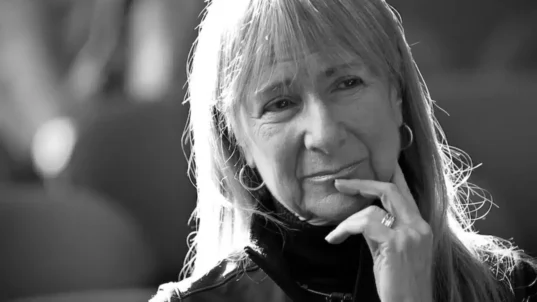
Image by Robin Higgins from Pixabay
Billy McIntyre began her class by asking students for help. “The university is drafting a policy dealing with a number of uncomfortable situations. Some of these involve actions by people that the university has honored in the past. I’ll give you a brief description of these cases, but I can’t really give you more than that, since that might get into privacy issues. What I need you to do is develop statements of principles that the university could use for dealing with these and other situations that may arise in the future.”
The list of examples included the following:
- Ten years ago, the university renamed the campus arboretum to commemorate the passing of a prestigious faculty member. Recently, several former students have come forward with accusations of sexual harassment and abuse. What should be done about his name on the arboretum?
- A top candidate for a coaching position has a stellar winning record at his prior school. He also has a social media feed that shows he’s a big fan of a bands popular with white supremacists. Their songs are filled with racist and misogynistic lyrics. How should the university weigh these factors in the hiring decision?
- A few years ago, the university retired the number of one of the school’s greatest athletes from the past. Recently, he has been outspoken against the Black Lives Matter movement. He’s spoken out against current athletes who have joined in protests during the national anthem. How should the university address this situation?
- A top faculty member and a leader in the university’s diversity and inclusion efforts has been accused of verbally abusive behavior by a student with religiously conservative views. How should the university approach this situation?
The students read the situations and were obviously troubled. “We don’t have enough information,” they complained. McIntyre responded by saying that she told them all she could. “These are representative of moral dilemmas that you will face in your careers. What I need you to do is draft principles that could be used to respond to each of these situations. I’m not asking you to solve each case. I’m asking you to dig deeper and outline the principles that could guide policy decisions about cases like these.”
What followed was intriguing. The ambiguity of the situations actually led to a more robust discussion. For each situation, students started to imagine different factual scenarios that might be relevant to each situation. These scenarios led to a discussion of what might be done under each case. As the discussions continued, the students began to frame a series of “if this, then that” statements. These statements then provided a framework for a policy statement. The framework dealt with concepts such as intent, sincerity, competing values, outcomes, and more.
At the end of the class, McIntyre praised the class for their efforts. “I intentionally gave you very vague and ambiguous situations and asked for your thoughts. What I have found is that all of us can be more creative when the situations we are exploring are vague and ambiguous. The more information, the less creative we are. Think of future assignments you may be given. The more information and direction you are given, the less contribution you can make. Where you will make your reputation is when you bring clarity and new thinking to a situation that seems anything but clear.”
You’ll find an activity for Developing Comfort With Ambiguity in the Interactivity Foundation’s Collaborative Discussion Toolkit.
* * *
“Learning to live with ambiguity is learning to live with how life really is, full of complexities and strange surprises.” – James Hollis (Psychoanalyst)
This post is part of our “Think About” education series. These posts are based on composites of real-world experiences, with some details changed for the sake of anonymity. New posts appear Wednesday afternoons.



